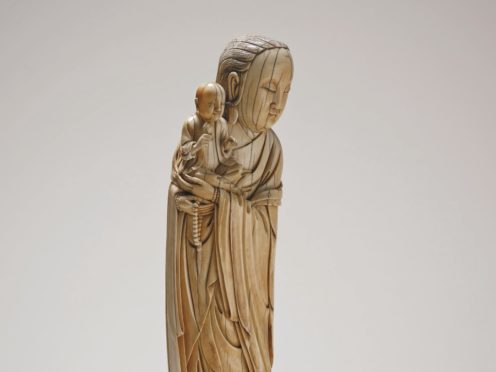The British Museum has defended accepting an “extraordinary collection” of more than 500 Chinese ivories – saying that it does not condone today’s ivory trade.
Assembled by late businessman Sir Victor Sassoon, the “exquisite” items are together thought to be worth millions of pounds and include sewing boxes, brush pots and figurines of deities.
British Museum director Hartwig Fischer said the collection, which dates from the 2nd millennium BC to the 20th century and has been donated by the Victor Sassoon Chinese Ivories Trust, is of the “highest cultural value”.
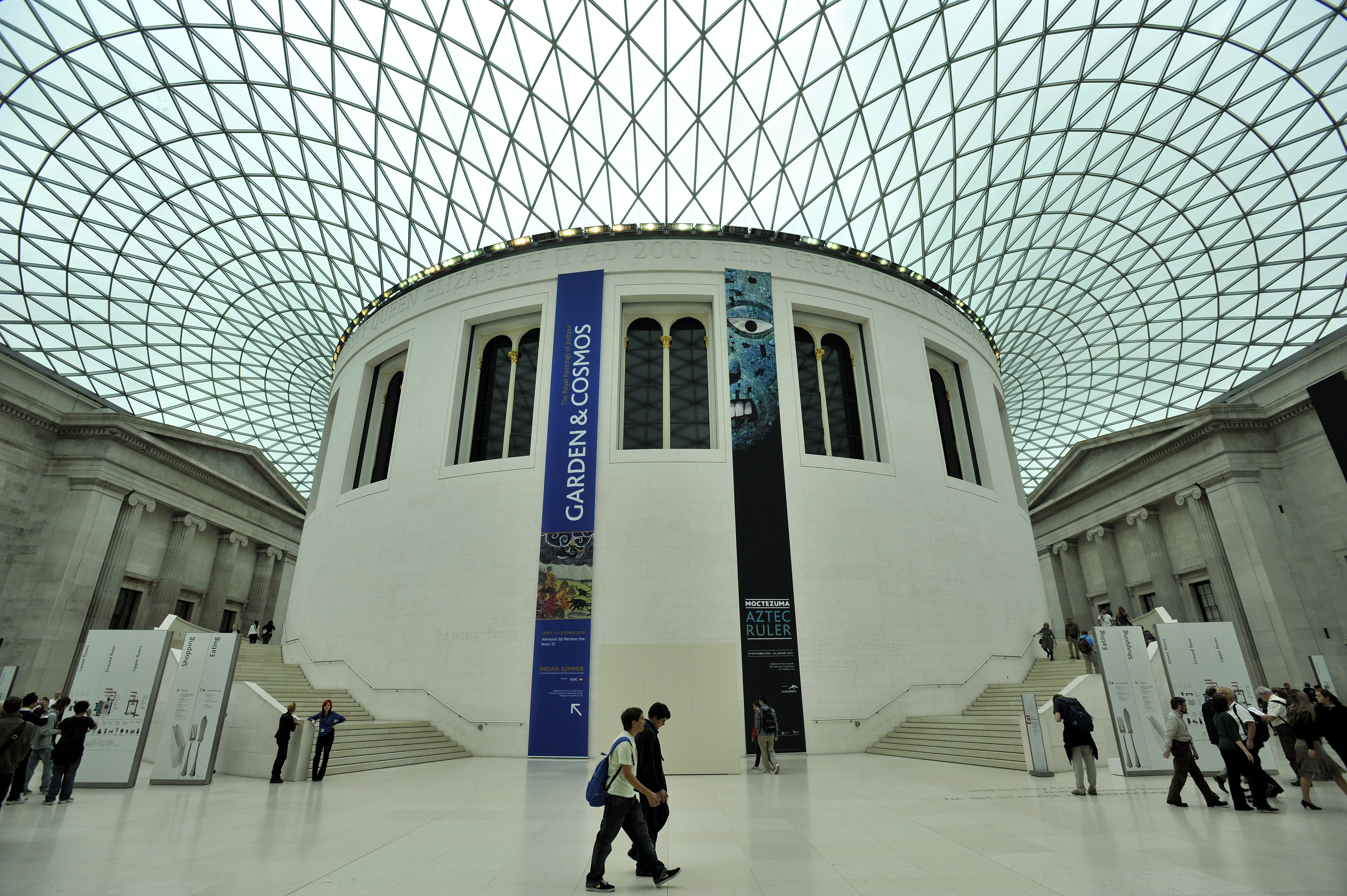
The museum announced the gift of 556 items after Environment Secretary Michael Gove said that a British ban on ivory sales will be one of the toughest in the world.
But commercial activities to and between accredited museums will be exempt from the ban.
Mr Fischer said: “I think it is certainly right for the British Museum to collect historical specimens… and yet we would never buy modern ivories, that’s totally out of the question.
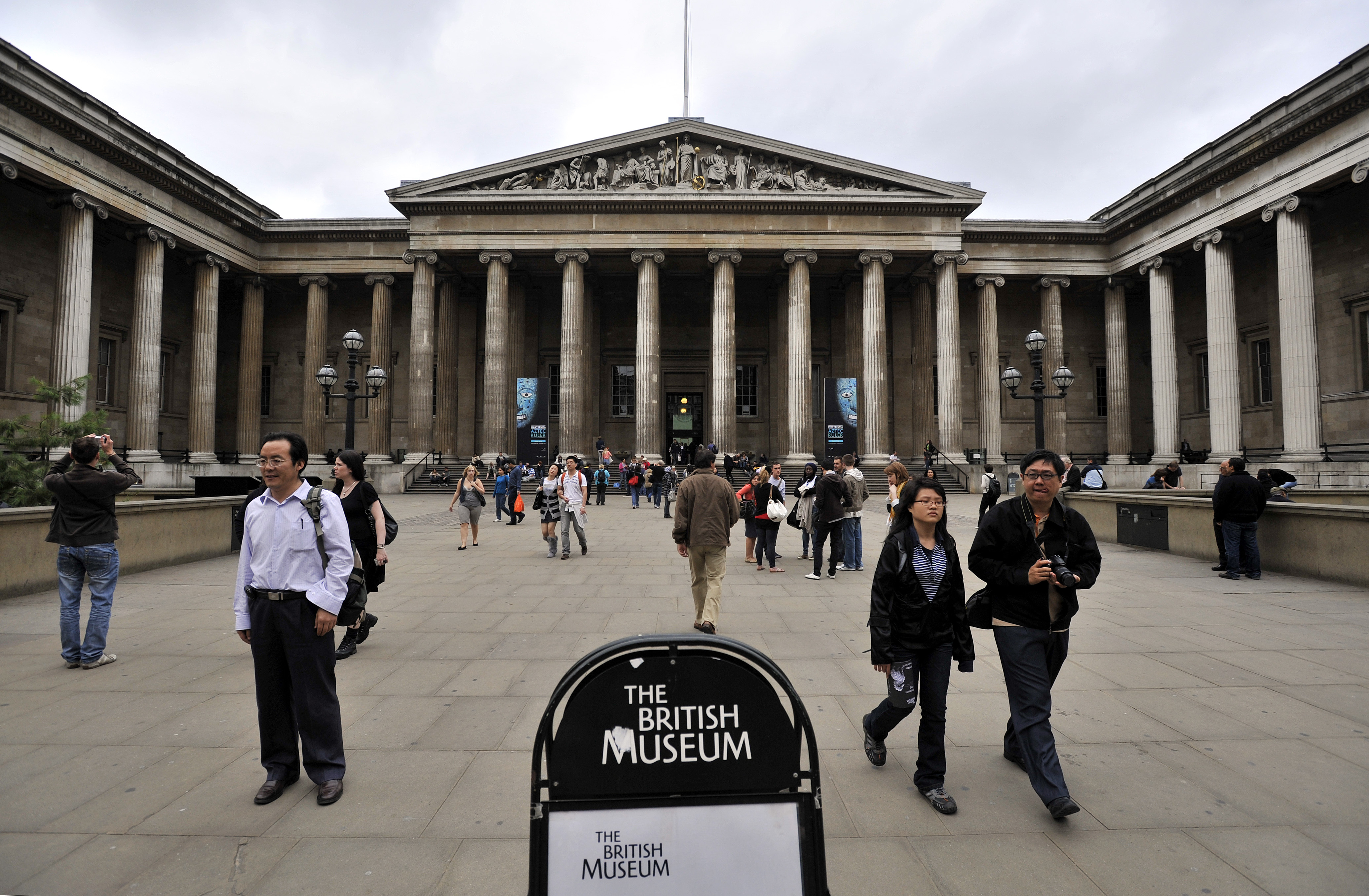
“These objects made of ivory in the last centuries of the millennia are documents of the highest value”.
He said that the museum is “on the side of banning the trade of ivory worldwide” and that making a different decision about the collection would not “save any elephant’s life today”.
He added: “When you come to a museum you understand that, at different times, different things were part of… life and you engage with that and try to understand it.”
The museum said the objects were collected before regulations about their export were introduced and have been in England since the 1950s.
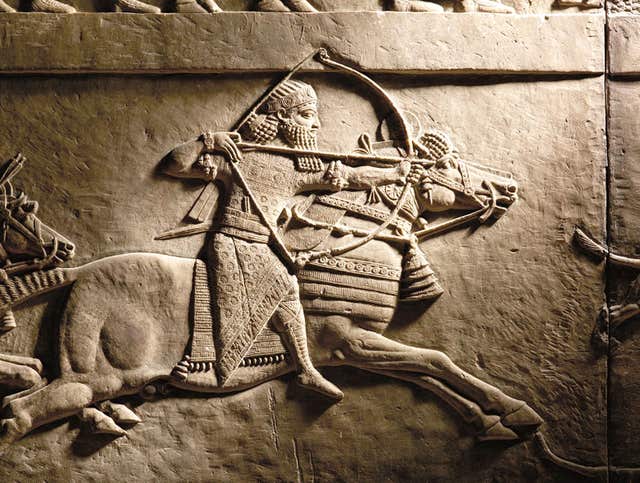
It said the collection will make the museum a global centre for the study of ivories.
Jane Portal, the museum’s Keeper Of Asia, said of the value of the objects: “They may be priceless or almost worthless in the future, who knows?… This is a safe home for them. We are not condoning the present day trade.”
The museum received 5.8 million visitors in the year 2017/18, making it the UK’s leading visitor attraction for the 11th year running.
But the museum’s director admitted that visitor numbers “have been fluctuating over the last decades” at the London landmark.
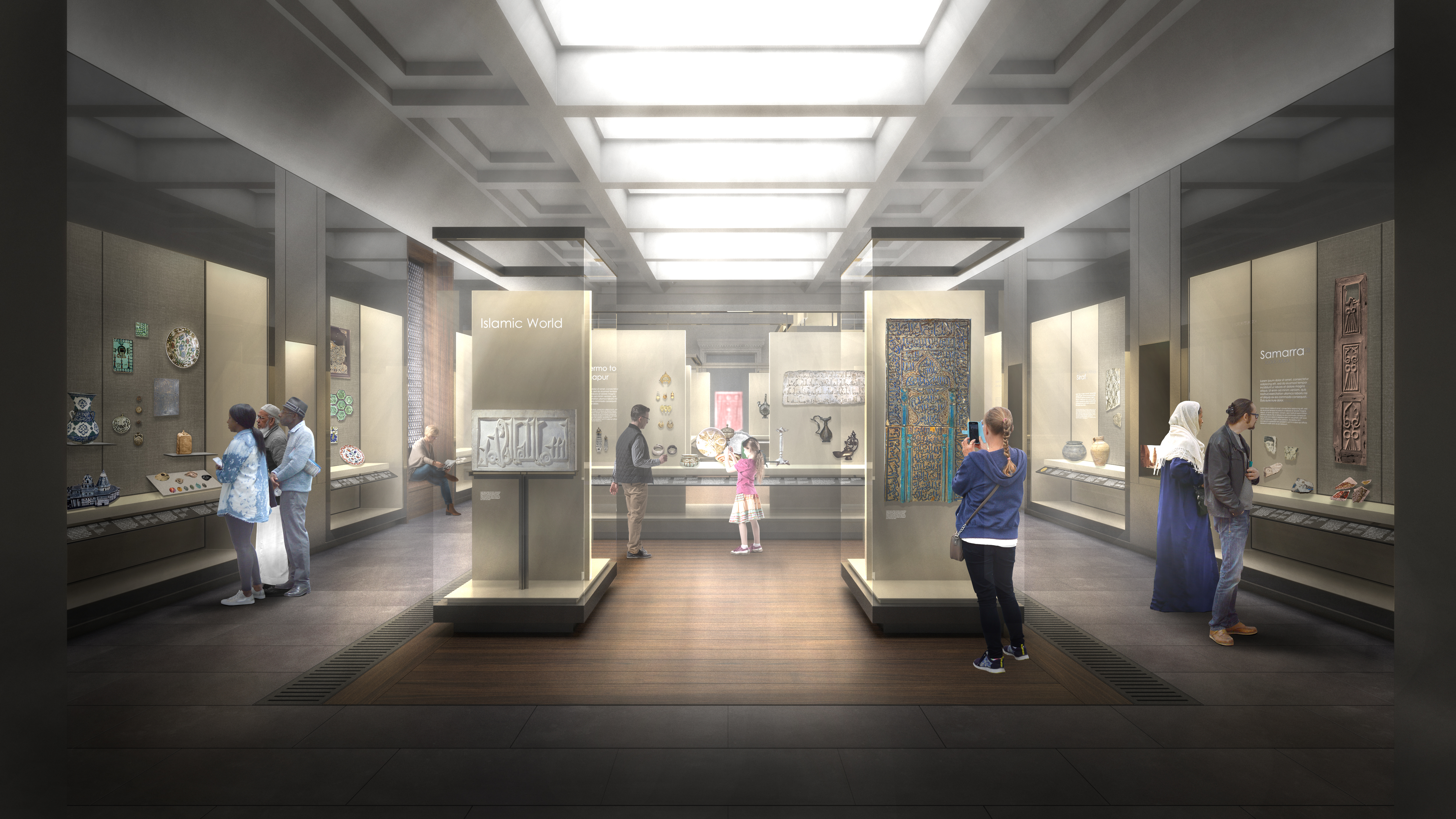
Publishing its annual review, he cited a “general trend” in a number of London museums, adding that “as soon as we have analysed the data we are going to very actively react to this and come up with offers that will help to bring up these figures again”.
The museum, which is opening its gallery of the Islamic World and Japanese Galleries later this year, has also said that “much needs to be done… to make the building fit for purpose in the 21st century”.
Mr Fischer said he disagreed with Scottish Conservative leader Ruth Davidson’s call for institutions such as the British Museum to set up second homes outside the capital, saying that “I respectfully disagree that a British Museum outpost is the answer”, and that continued collaboration with other museums across the country was the way forward.
